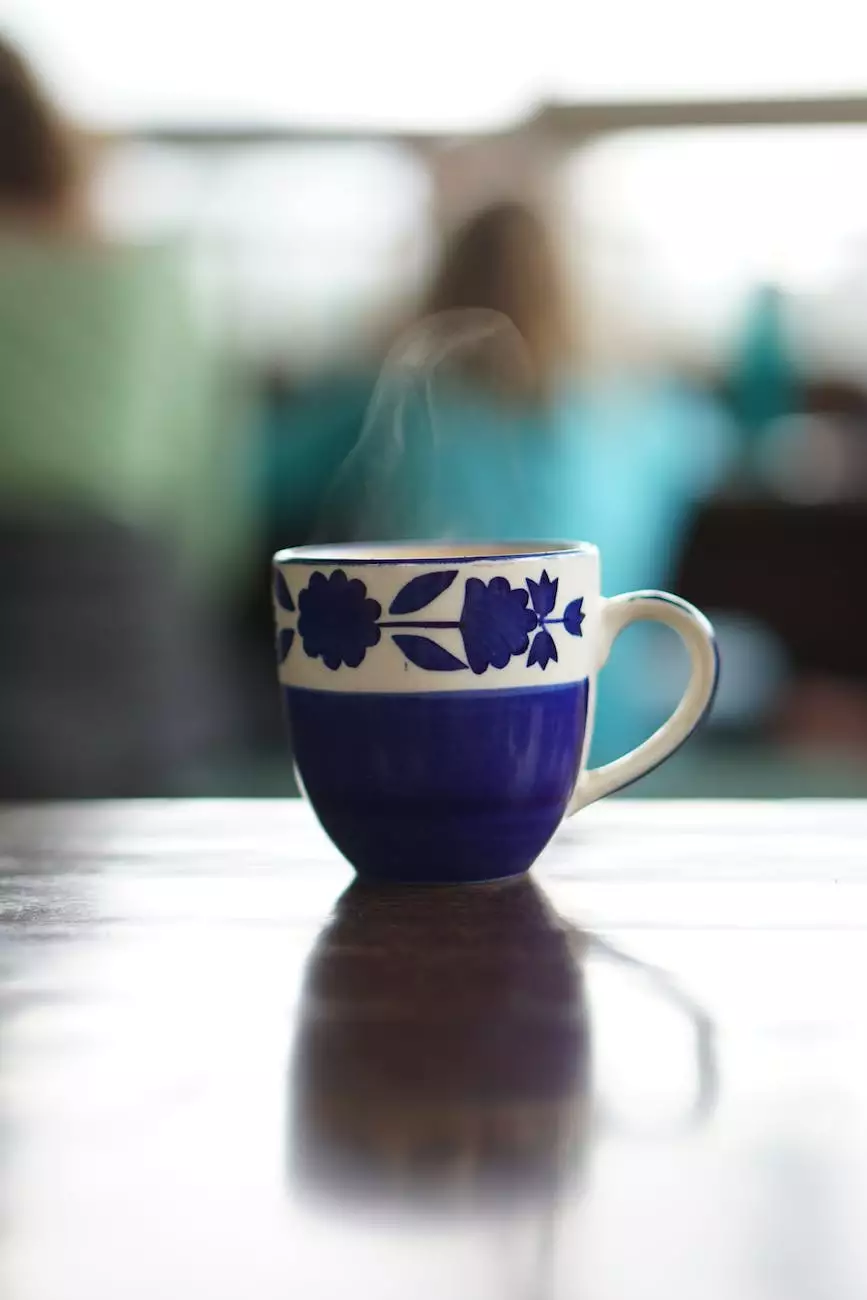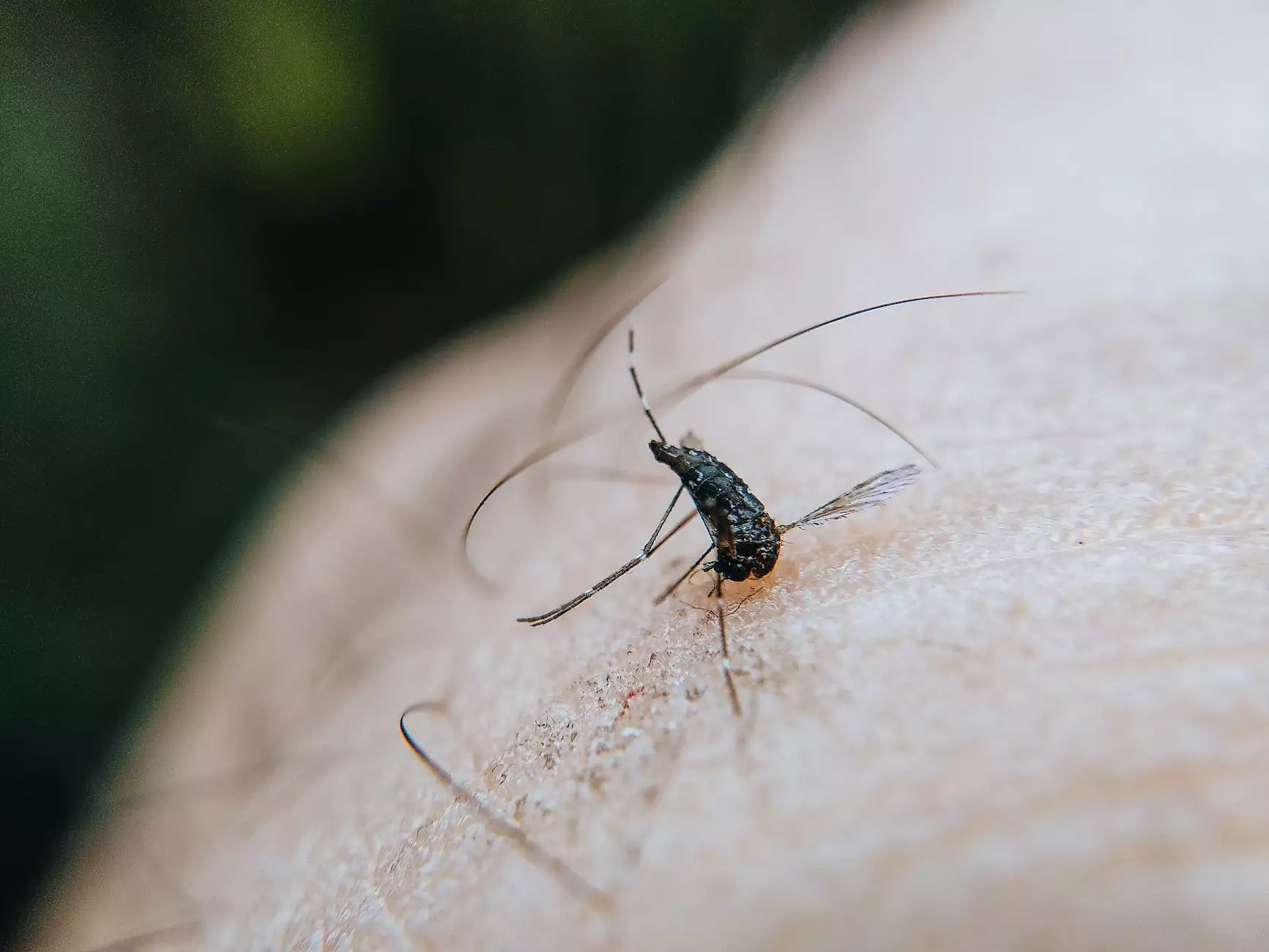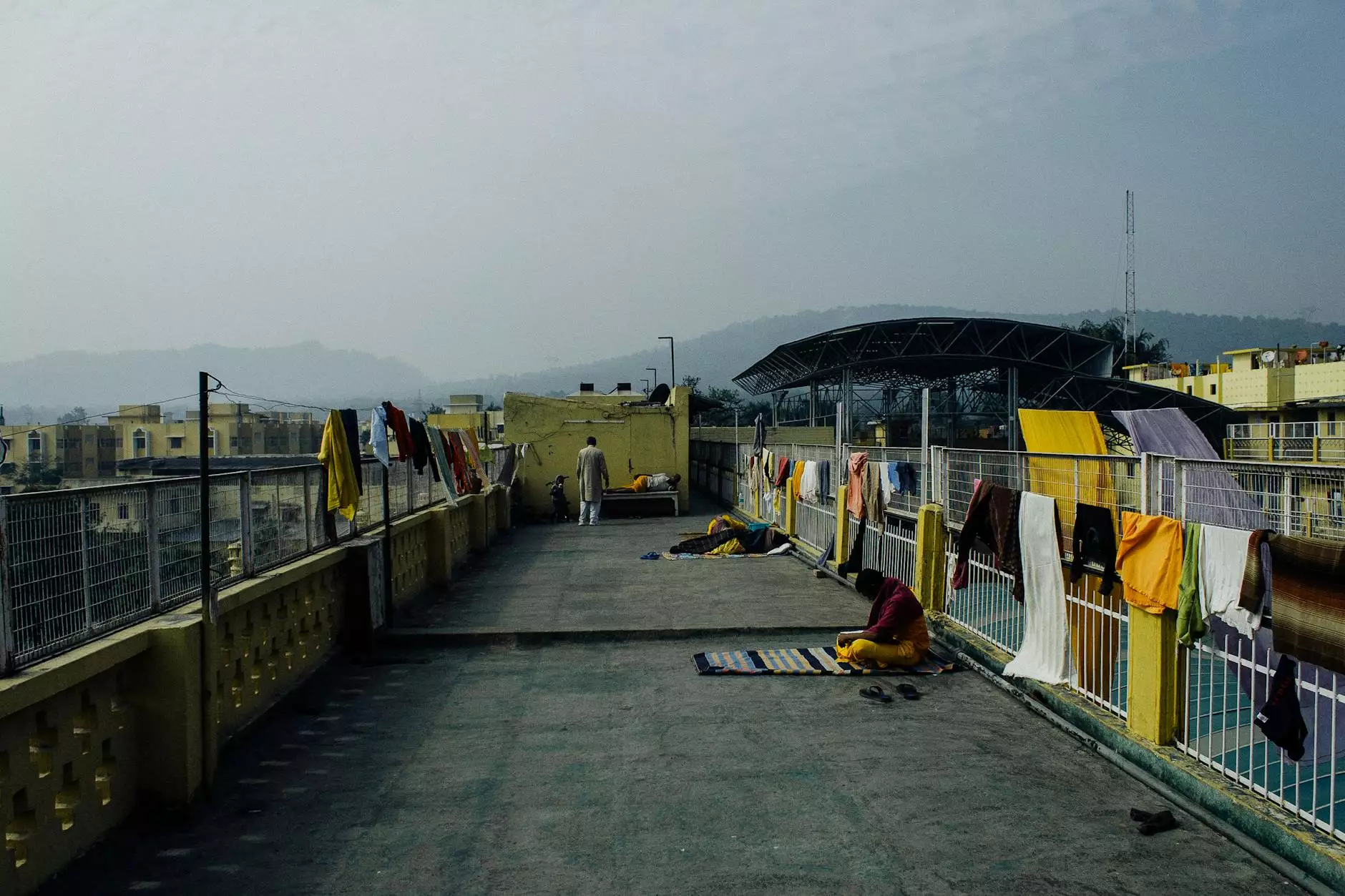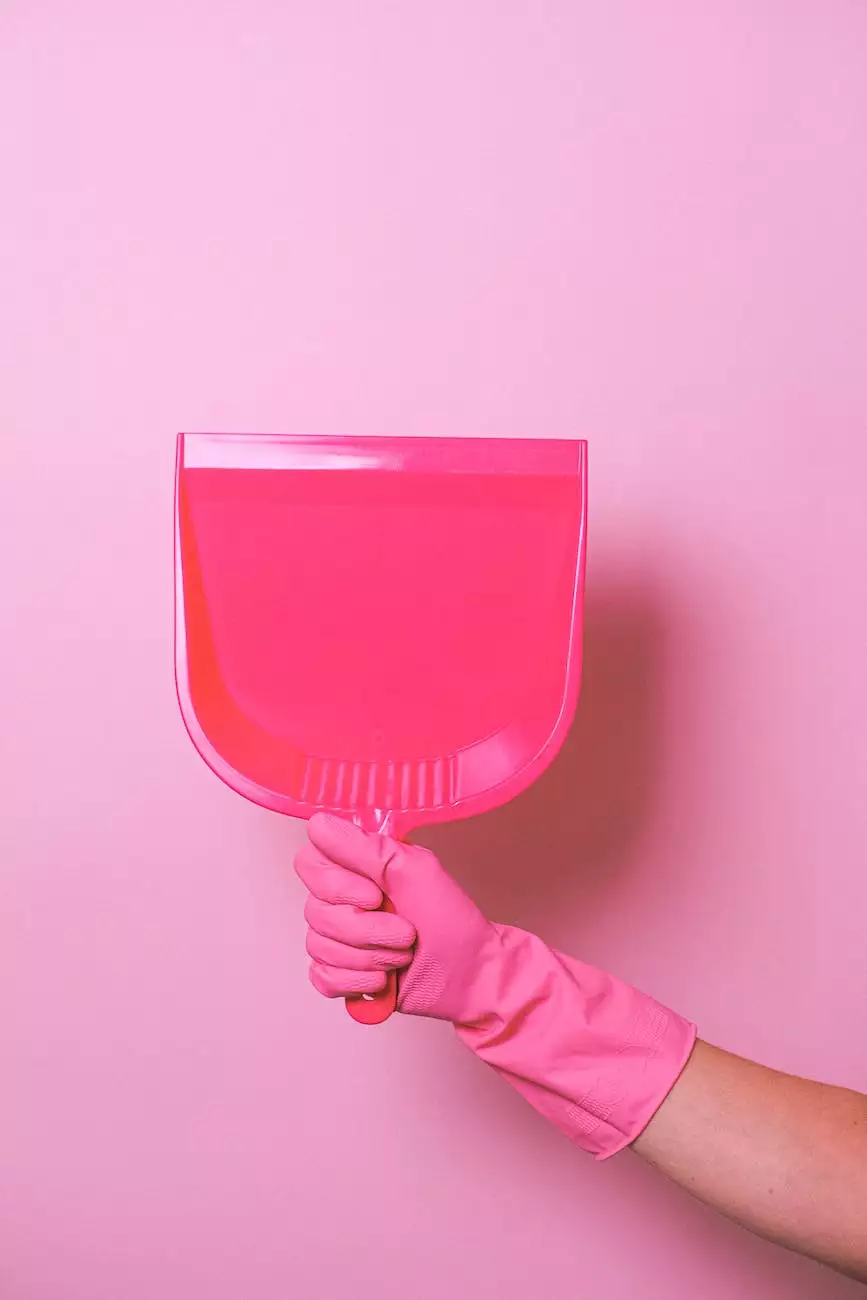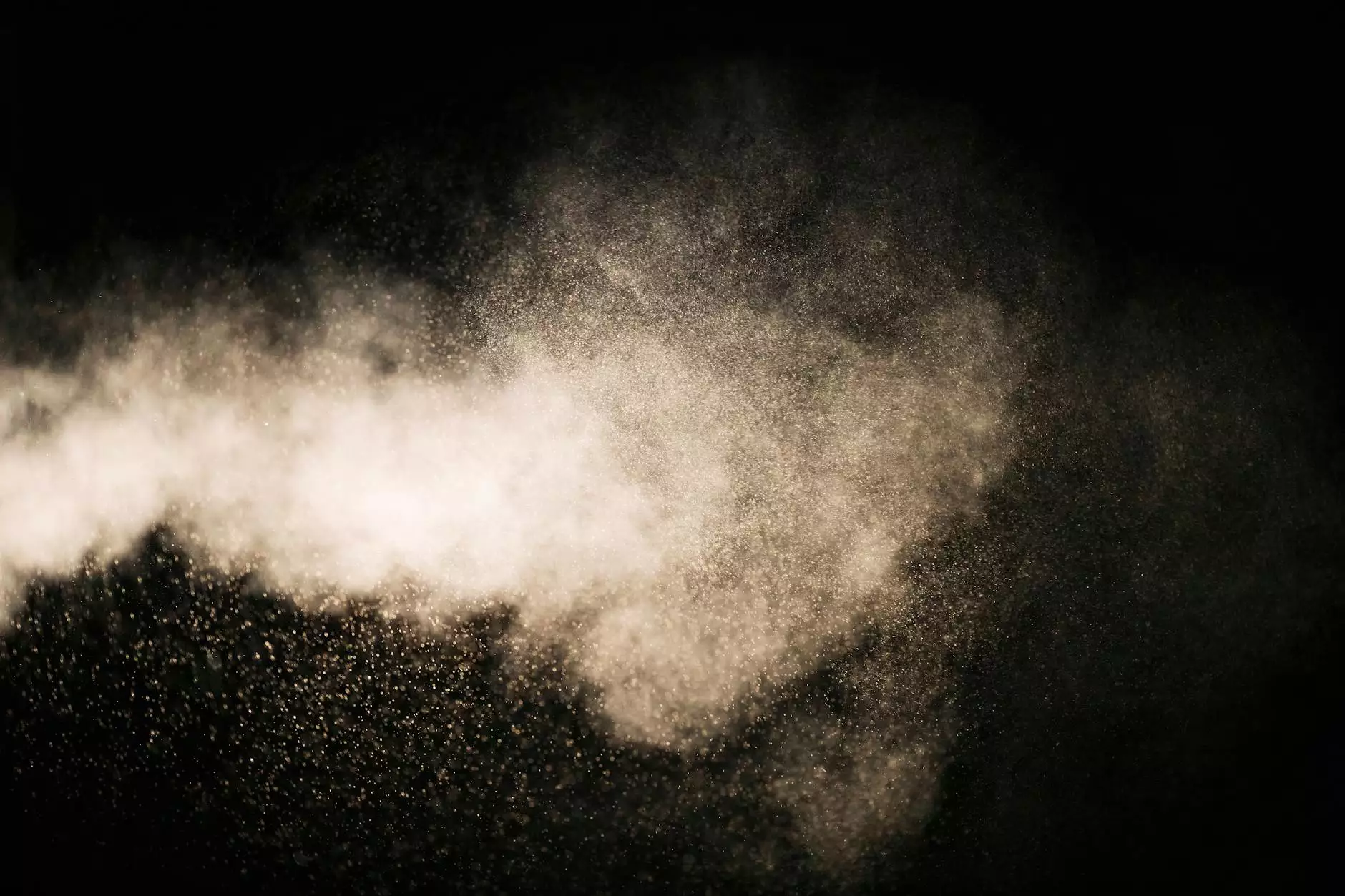Dummies' Guide to Nasal Irrigation for Pollen
Blog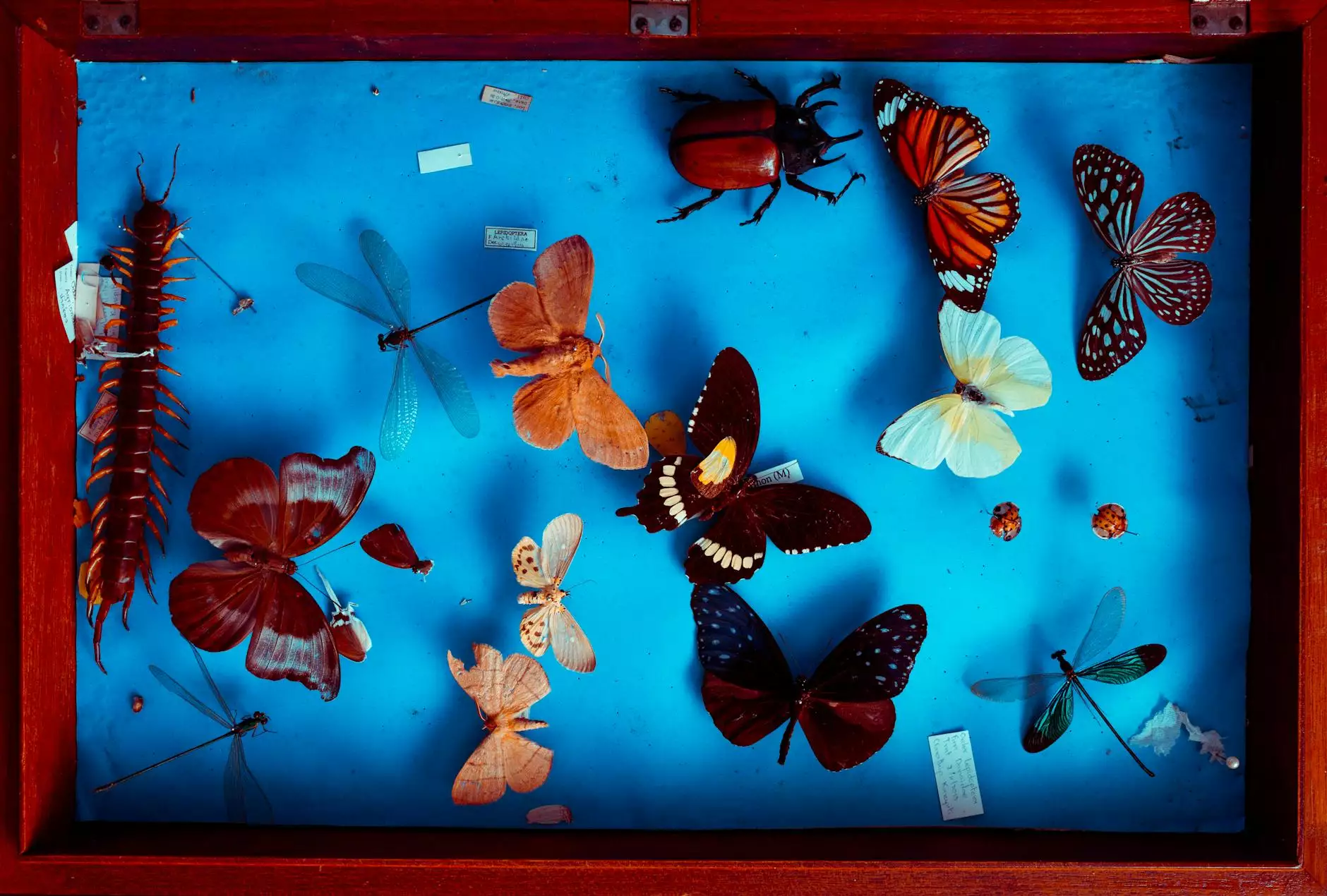
Introduction
Are you tired of suffering from the effects of pollen allergies? Nasal irrigation can be a game-changer when it comes to finding relief. In this comprehensive guide, Southside Fixtures will walk you through everything you need to know about nasal irrigation for pollen, ensuring you can effectively manage your symptoms and enjoy the great outdoors without the constant discomfort.
What is Nasal Irrigation?
Nasal irrigation, also known as nasal rinsing or nasal lavage, is the process of flushing out the nasal passages to remove excess mucus, allergens, and other irritants. This simple yet highly effective technique involves using a saline solution to cleanse the nasal passages, providing relief from congestion, sinus pressure, and other symptoms caused by pollen allergies.
Why Choose Nasal Irrigation for Pollen?
Nasal irrigation is a natural and drug-free solution, making it a popular choice among individuals seeking alternative methods for pollen allergy relief. Unlike medications, nasal irrigation doesn't have any side effects and can be used alongside other treatments. By flushing out the allergens and irritants directly from the nasal passages, nasal irrigation offers immediate and long-lasting relief.
How to Perform Nasal Irrigation for Pollen
Here is a step-by-step guide on how to effectively perform nasal irrigation:
- Prepare the saline solution: Start by mixing a saline solution using distilled or sterile water and non-iodized salt. Follow the instructions provided with your nasal irrigation kit or use pre-made saline packets for convenience.
- Prepare your nasal irrigation device: There are various nasal irrigation devices available, including neti pots, squeeze bottles, and nasal irrigation systems. Choose the one that suits you best and ensure it is clean and sanitized before use.
- Position yourself over a sink: Lean over a sink and tilt your head to the side, ensuring it is parallel to the floor.
- Insert the spout into your nostril: Gently insert the spout of your nasal irrigation device into one nostril, creating a secure seal.
- Start the flow of saline solution: Slowly pour the saline solution into your nostril, allowing it to flow through your nasal passages and out of the other nostril.
- Blow your nose: After the saline solution has passed through your nasal passages, gently blow your nose to remove any remaining saline and mucus.
- Repeat on the other nostril: Repeat the process on the other nostril, ensuring both nasal passages are thoroughly flushed.
- Cleanse and dry your nasal irrigation device: Rinse your nasal irrigation device with distilled or sterilized water, following the instructions provided. Allow it to air dry completely to prevent bacterial growth.
Tips and Precautions
Follow these tips and precautions to ensure safe and effective nasal irrigation:
- Use the right water: Always use distilled, sterilized, or previously boiled water to prepare your saline solution. Tap water may contain harmful contaminants.
- Keep it clean: Regularly clean and sanitize your nasal irrigation device to prevent the risk of infections.
- Proper technique: Make sure to follow the instructions provided with your nasal irrigation device for the correct technique and angle.
- Frequency: Nasal irrigation can be performed once or twice daily, depending on your symptoms and preferences.
- Consult your healthcare professional: If you have any underlying health conditions or concerns, it is advisable to consult your healthcare professional before starting nasal irrigation.
Conclusion
Nasal irrigation is a highly effective and natural method for managing pollen allergies. By incorporating this simple technique into your daily routine, you can experience significant relief from congestion, sinus pressure, and other symptoms caused by pollen. Southside Fixtures is committed to providing valuable information on business and consumer services in real estate, and we hope this dummies' guide has empowered you to take control of your pollen allergies and enjoy life to the fullest.
